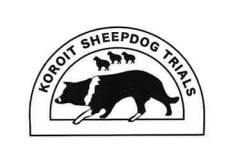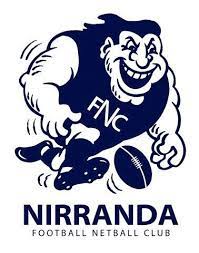Dr Sarah Matthews
Have you ever had a heifer with a spontaneously broken leg? Or young stock that have light, scruffy coats and struggle to put on weight? If you have, then you are not alone.
Copper and selenium are two of the key trace elements required by cattle for growth, production and good health. An unfortunately for us, the soils in Southwest Victoria are largely deficient in these elements:
- Selenium is deficient in soils from Cape Otway to Killarney, extending north to Mortlake
- Copper is deficient in soils from Cape Otway to Portland and north to Mortlake
Absorption of copper from pasture varies significantly over the year, with the lowest absorption in spring. So despite it being a chronic deficiency, animals may show more clinical signs in spring.

What signs will I see in deficient cattle?
Copper deficiency:
- Faded coat colour, rough, long coats
- Ill-thrift
- Diarrhoea, despite drenching
- Infertility
- Skeletal defects (including spontaneous fractures)
Selenium deficiency:
- Ill-thrift
- Stiff legs and inability to stand in young calves (affects the muscles)
- Occasionally sudden death (it also affects the heart muscle!)

These cows have copper deficiency: note their brown coats
How can I tell if copper and selenium levels are affecting my herd?
We have two choices for determining selenium and copper levels in cattle and sheep:
- Blood sample: bloods are good for assessing selenium cheaply and effectively, but are difficult to interpret for copper status. They can be done in any age group
- Liver biopsy: taking a sample of the liver from a live animal is the most valuable and accurate test for copper. This can be done in animals over 250kg and is quick and simple
How can I supplement for copper and selenium deficiency?
- As additives to a grain or pellet ration (they must be present in adequate amounts and the ration fed daily)
- Injectable form, e.g. Multimin (lasts 2-3 months)
- Rumen bolus, e.g. All Trace mineral boluses (last 8 months)
- Mineral licks and blocks (unreliable form of supplementation)
If you want to discuss selenium and copper deficiencies with a veterinarian, feel free to give us a call. We can assess your herd individually, establish if there is a need for supplementation and identify the most cost effective way to do so for your herd.






























